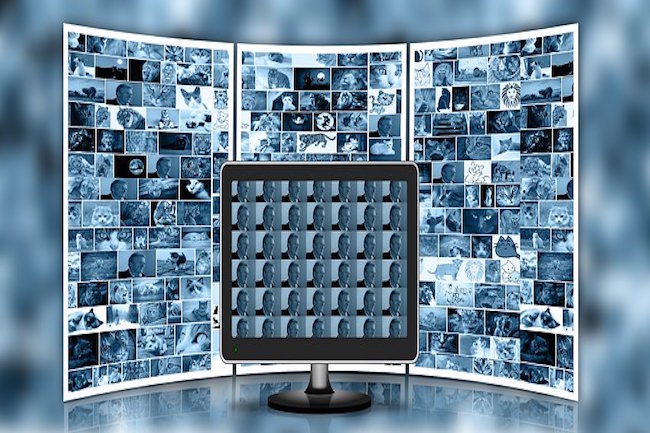SCIENTISTS USE 3D PRINTER TO DEVELOP REAL HUMAN CORNEAS FOR BLIND PATIENTS by John Vibes, Truth Theory for Waking Times
The far-reaching implications of 3D printing technology are still yet to be fully realized, especially when it comes to medical applications. 3D printing is not just for tools and household products, but can also be used in the preparation of food, medicines, and prosthetics.
Researchers at Newcastle University, in the United Kingdom, published a study last year where they described how their lab used a 3D printer to create the world’s first real human corneas.
There is a massive demand for cornea transplants in the medical industry, and a very long waiting list for those requiring surgery. To create the artificial corneas, the team took corneal stem cells from a healthy donor and mixed the sample together with alginate and collagen. The result was a ‘bio-ink’ which could be perfectly formed into the shape of a cornea using a 3D bio-printer.
The lead researcher of the study, Che Connon, Professor of Tissue Engineering at Newcastle University explained that, “Many teams across the world have been chasing the ideal bio-ink to make this process feasible. Our unique gel – a combination of alginate and collagen – keeps the stem cells alive whilst producing a material which is stiff enough to hold its shape but soft enough to be squeezed out the nozzle of a 3D printer. This builds upon our previous work in which we kept cells alive for weeks at room temperature within a similar hydrogel. Now we have a ready to use bio-ink containing stem cells allowing users to start printing tissues without having to worry about growing the cells separately.”
Connon added that the 3D printed corneas made by the team will need to undergo further testing and cautioned that it could be several years before this technology is actually available to people waiting on transplant lists. Still, their study shows that it is technically feasible to print corneas “using coordinates taken from a patient eye and that this approach has the potential to combat the worldwide shortage,” Connon said.
Since this technology is still a few years away from the marketplace, experts say that news of these advancements should not discourage anyone from becoming donors themselves, since there still is a heavy demand for cornea transplants.




